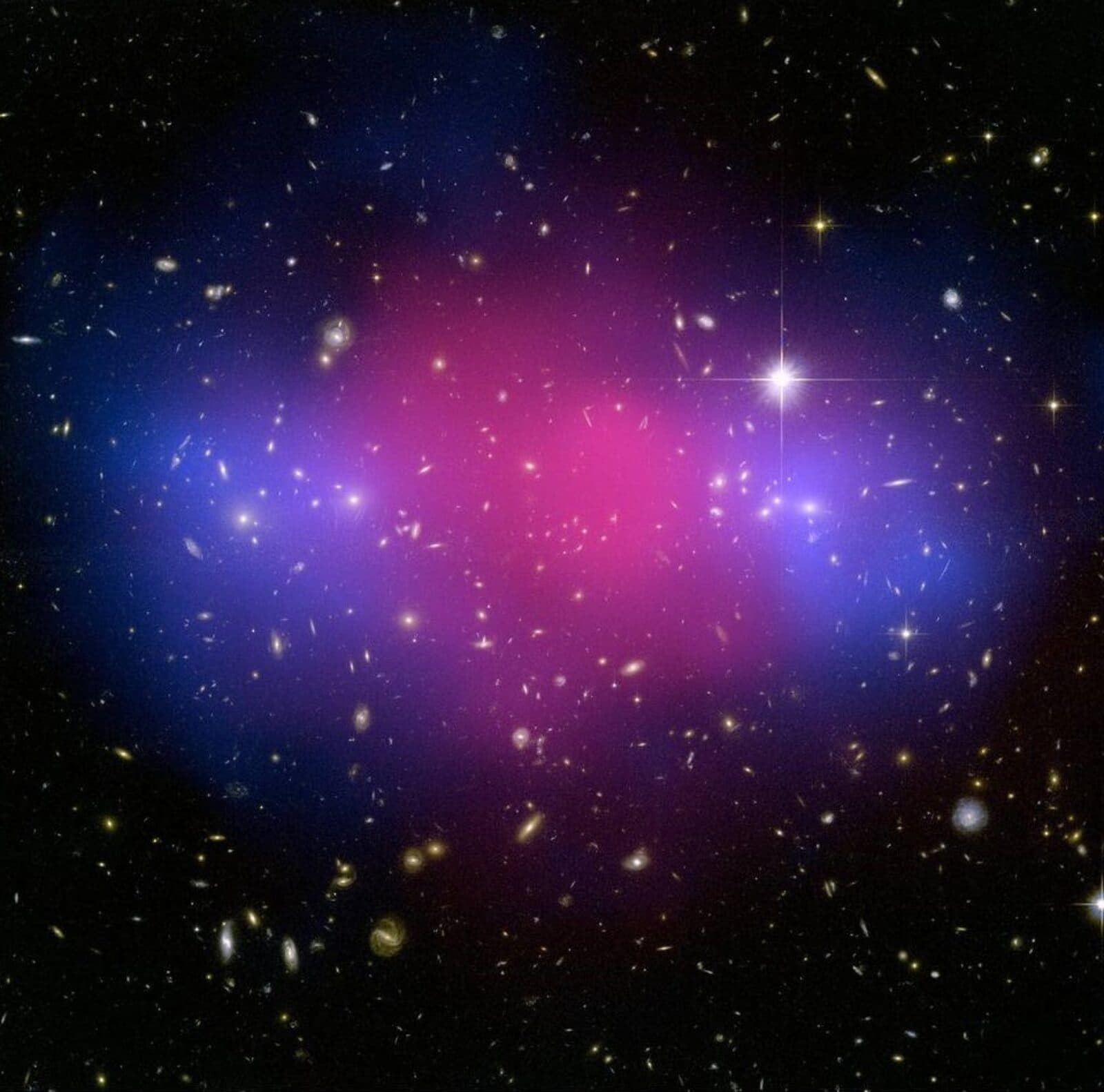Amazing in Astrophysics
The Kavli Institute for Particle Astrophysics and Cosmology at Stanford University celebrates 20 years


“It’s been an amazing 20 years,” said Risa Wechsler, director of the Kavli Institute for Particle Astrophysics and Cosmology at Stanford University. Founded in 2003, the institute will celebrate its 20th anniversary and its many achievements this year.
The institute’s footprint includes space on the Stanford campus as well as the Fred Kavli Building at the SLAC National Accelerator Laboratory. In 2006 at the dedication of the building, Fred Kavli (1927-2013) said, “I am confident that the scientists here will make great discoveries and answer some of our most fundamental questions."
He was right to be confident.
Members of KIPAC have played a part in some of the biggest astrophysics projects of the last two decades, including the Fermi Gamma-ray Space Telescope, a space-based observatory that has completed over 70,000 Earth orbits as it gathers data used for studying phenomena such as pulsars, galactic nuclei, dark matter, to name a few. Scientists at the institute also played major roles in the development of both DES and DESI: the Dark Energy Survey and the Dark Energy Spectroscopic Instrument.
“This Kavli Institute’s impact has been clear and far-reaching over these past 20 years,” said Greg Mack, science program officer at The Kavli Foundation. “Beyond its past achievements, its current and future involvement in innovative, cutting-edge astrophysics will continue to advance the field for many years to come."
Today the institute is a leader in the Vera Rubin Observatory’s Legacy Survey of Space and Time (LSST), a 10-year survey of the southern sky that will enable scientists to explore the attributes of dark matter and dark energy, the formation of our galaxy, the properties of small bodies in our solar system, and more. The LSST’s 3.2-gigapixel camera, with the largest high-performance lens ever made, is nearly complete after being assembled at SLAC.
In addition to doing exciting science today, an important goal of the institute is to enable future discovery by training the next generation of scientists in a supportive and inclusive way. To that end, the institute utilizes part of its flexible funding from The Kavli Foundation to support a robust postdoctoral fellows program.
“We have built a vibrant community, which is really supportive and successful,” said Wechsler. “I’m a firm believer in postdocs who can be independent and have the freedom to develop and pursue their own program and develop that independence. I think it’s one of the reasons that our postdocs have been very successful. We have over 80 former students and postdocs who are now faculty. It's quite a legacy.”
At the April 15, 2023, celebration of KIPAC’s 20th anniversary, the institute will welcome the community to participate in demonstrations, hands-on activities, discussions, and mini lectures. At similar events before the pandemic brought them to a halt, the institute would host over 1,000 visitors outside the KIPAC building on the Stanford Campus. The celebration is also a chance for institute scientists to share their work with the public in an accessible way. “We want to communicate the impact of our work in a way that attracts new people to science generally, and to astrophysics in particular,” explains Wechsler.
In her research, Wechsler explores the formation of cosmological structure in the universe, its impact on galaxy formation, and its use in determining the nature of dark matter and dark energy, with particular emphasis on how small-scale structure can constrain the nature of dark matter. Taking a moment to reflect on the history of the institute, its impact, and its future, Wechsler shares her perspective on KIPAC and the field of astrophysics writ large:
“The last two decades have been amazing in astrophysics; I think the next two decades are going to be even more amazing.”
Risa Wechsler